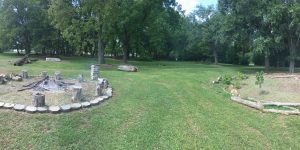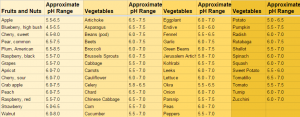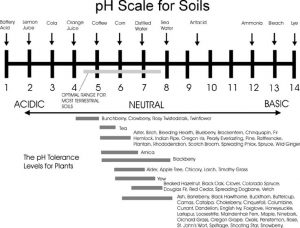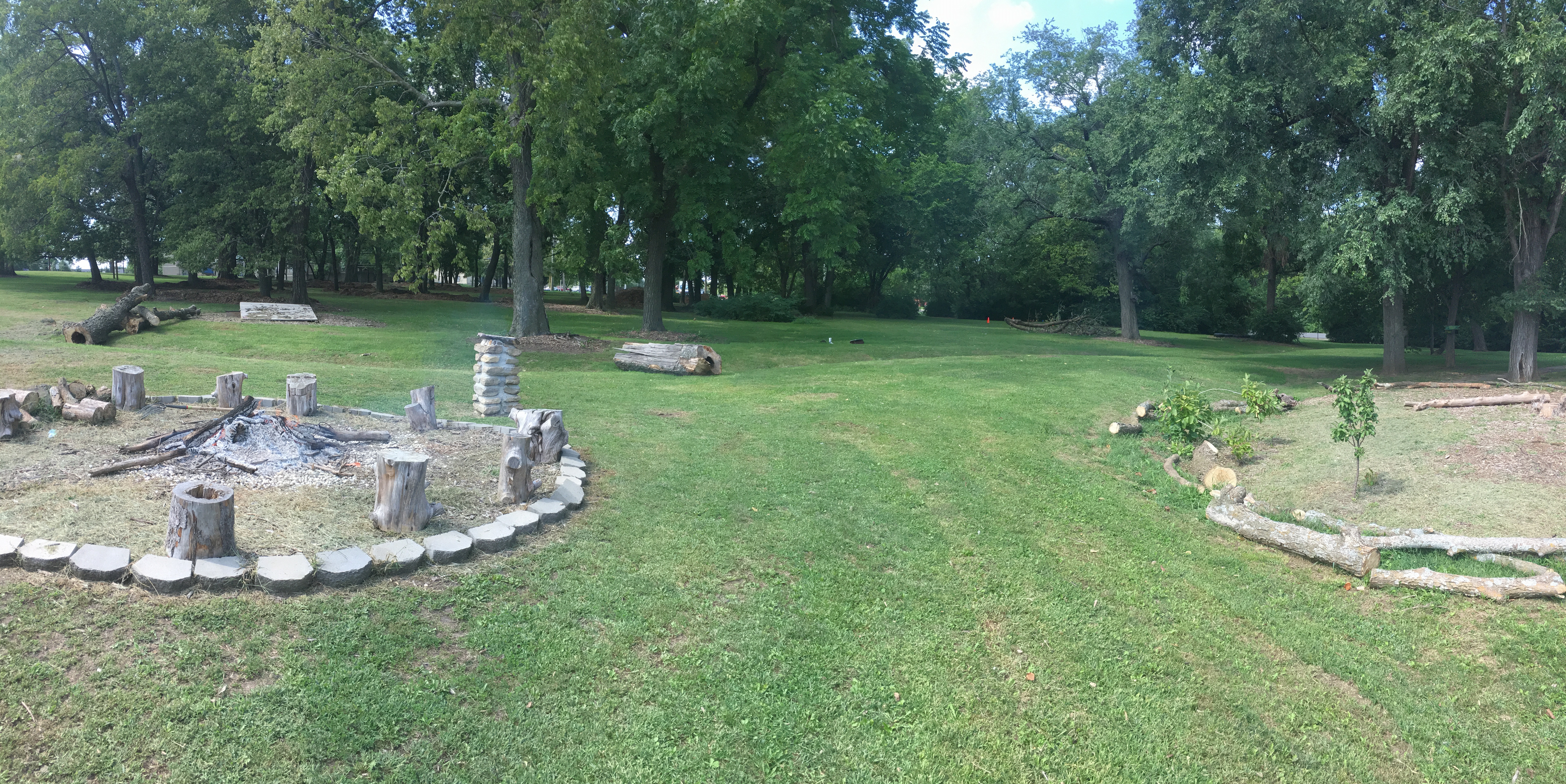Growing up, I have countless memories of cooking around the campfire. My brother and I would spend hours at a time burning brush, cooking our dinners, and having s’mores after dark. Even as a young adult, I would light a campfire in my Kansas City yard and see how many days I could keep it going, and how many meals I could cook over it during that time. As a little known fact, I still have the same stones around my campfire that I used as a kid… I have brought them with me everywhere over the years. Many of those rocks were from “rock hounding” adventures with my Aunt Barb and Uncle Del.
However, every so often, it’s time to clean out the fire pit and find a creative use for the ashes produced. In permaculture, one of the keys learned from my PDC leader, Geoff Lawton, is that “the problem is often the solution.” So, I asked myself… I could I use wood ash from the campfire creatively? How could I give those nutrients back to my environment in a useful way?
 When looking around a permaculture property, there are many uses for wood ash which can be a great source of nutrients for your soil. However, it’s important to know that with wood ash, your kindergarten teacher was right in saying, “A little dab will do ya.” Use only a small amount and increase after a few weeks to make sure your soil pH says in the safe zone. The reason for this is that ashes are extremely alkaline on the pH scale.
When looking around a permaculture property, there are many uses for wood ash which can be a great source of nutrients for your soil. However, it’s important to know that with wood ash, your kindergarten teacher was right in saying, “A little dab will do ya.” Use only a small amount and increase after a few weeks to make sure your soil pH says in the safe zone. The reason for this is that ashes are extremely alkaline on the pH scale.
Wood Ash is Highly Alkaline

Because wood ash is a high pH (often 9-13), we have to carefully consider what to do with ashes in our garden. Optimal soils for most vegetable gardens have a pH of 6.0-7.2, so adding something like wood ashes can have a drastic effect on pH and do so very quickly. However, using it appropriately can really help nature walk out it’s course of keeping your soil in balance.
Wood ashes are naturally occurring in nature and are a great way for nature to “reset” an environment. For example, in the Great Plains, the Kiowa Nations would often do controlled burns in order to reset and manage the land. In California, as devastating as wild fires can be to homes, it’s actually natures way of resetting the damaged landscape and ridding it of invasive annuals that we have brought to the area. In upstate Washington, the fires clear out understory and add nutrients back to the soil to feed the remaining old growth forests. This being said, though fire can be a source of destruction, it’s also a source of life in certain circumstances.
Nutrients in Wood Ash
Potassium and potash are two of the prime nutrients are available from wood ash. The burning process makes them readily available for absorption by your plants. In fact, potash is so soluble that if it gets wet between the burning process and the time you spread it on your plants, much of the nutrient value will have leeched into the nearby soil.
How to Use Wood Ash in the Garden
There are countless ways to use wood ashes in your garden and around your property, but understanding the soil make-up of your area is the first step before application. You can easily find out the average pH by purchasing a test kit from a local garden center. You can buy kits to test it instantly (lower accuracy) or purchase a kit online that will test it overnight to get a better reading. Either way, once you know your starting point, you can adjust your pH using organic compounds, like wood ash, to get into the optimal range. Remember, start by adding only a small amount and give the soil a few weeks to adjust before adding more. It’s also important to note that various parts of the property could have very different pH readings.
So, now let’s get to it: How to use wood ashes from the campfire…
1. Use it in the compost pile
This is especially useful if you are composting a lot of fruit (i.e. citrus) waste, because fruit (being acidic) can really lower the pH of your pile, making it a wet / slimy mess. You can bring it back into balance by sprinkling a shovel full of ashes over the top. Always make sure your ashes are completely cool before using.

2. Sprinkle them around berry bushes and fruit trees which prefer alkaline soil or extra potassium.
I generally use them first around apple trees, currants, gooseberries, strawberries, raspberries, blackberries, etc. They will enjoy the extra sprinkle a few times a year, especially in the early spring or late fall. Do NOT use around blueberries, pineapple, grapes, olive, or jaboticaba – these all prefer acidic soil.
3. Sprinkle on plants to deter pests
This application will only require a small amount of ashes to create a fine dusting. If you do not have ducks to control snails and slugs, then wood ashes can be a great deterrent. Carrots and turnips can also be susceptible to the flies and larvae, which can be deterred by the ashes as well.
4. Light use in the vegetable garden
Often root crops like carrots, turnips, and beets will appreciate a sprinkle of ashes in the springtime worked into the soil. Just a light dusting is more than enough. I often use my wood ashes a few weeks before planting and then let it rain a few times before planting seeds. Other plants that love the extra potash are beans, peas, and legumes. Just remember, when using ashes in the garden, always test your soil first, so you stay in the optimal zone (6.0-7.2 pH) for growing veggies.
5. Use them your lawn instead of lime
Wood ashes are a great substitute for adding lime to your lawn. The easiest way to spread the ashes is to do so just before a good rain, so it soaks into the ground quickly. This helps with the solubility and also prevents the dust from being tracked indoors or getting on your shoes. I often use my grass seed spreader and put it on the lowest setting and broadcast the ashes that way. Doing it by hand or with a shovel can often create piles in the grass which will over alkalize an area.
6. Indoors to control odors or absorb moisture
Keeping a small bowl of wood ashes in a closet or cabinet will not only absorb odors, but it will also help absorb moisture and control mold. Making a bowl with wood ash is great for keeping boats and campers fresh as well.
7. Dust baths for poultry and fowl
One of the WORST homesteading tips I have ever seen is to use Diatomaceous Earth in it’s DRY form with animals. These microscopic crustaceans are like mini razor blades that will do permanent damage to the lungs of your animals. So instead of using DE… consider adding wood ashes to your chickens dust-bath. The alkaline ashes will kill the dust mites, ticks, and fleas, etc and you don’t have to worry about the respiratory health of the animals. Not to mention, ashes will also help control odors!
8. Add to ponds and lakes to help control algae blooms
Add about one table spoon of ashes per 1000 gallons of water. The ashes will not “kill” the algae, but it will slow it down and make it more manageable.
9. Cleaning… yes… cleaning!
Wood ash can really help polish up brass and metal. Making a paste and scrubbing down your silver might sound counter-productive – but trust me on this one! You can also use wood ash in the garage and workshop as a way to clean up oil, gas, or chemical spills.
Sooooooo….
Now that you have a few good uses for those ashes, go outside, make a campfire and have a s’more (or three). Permaculture is a judgement free zone… so let’s just promise to not star counting marshmallows. Just make sure the ashes are cool before spreading.
Remember, the problem is often the solution. Happy gardening.


Comments are closed.